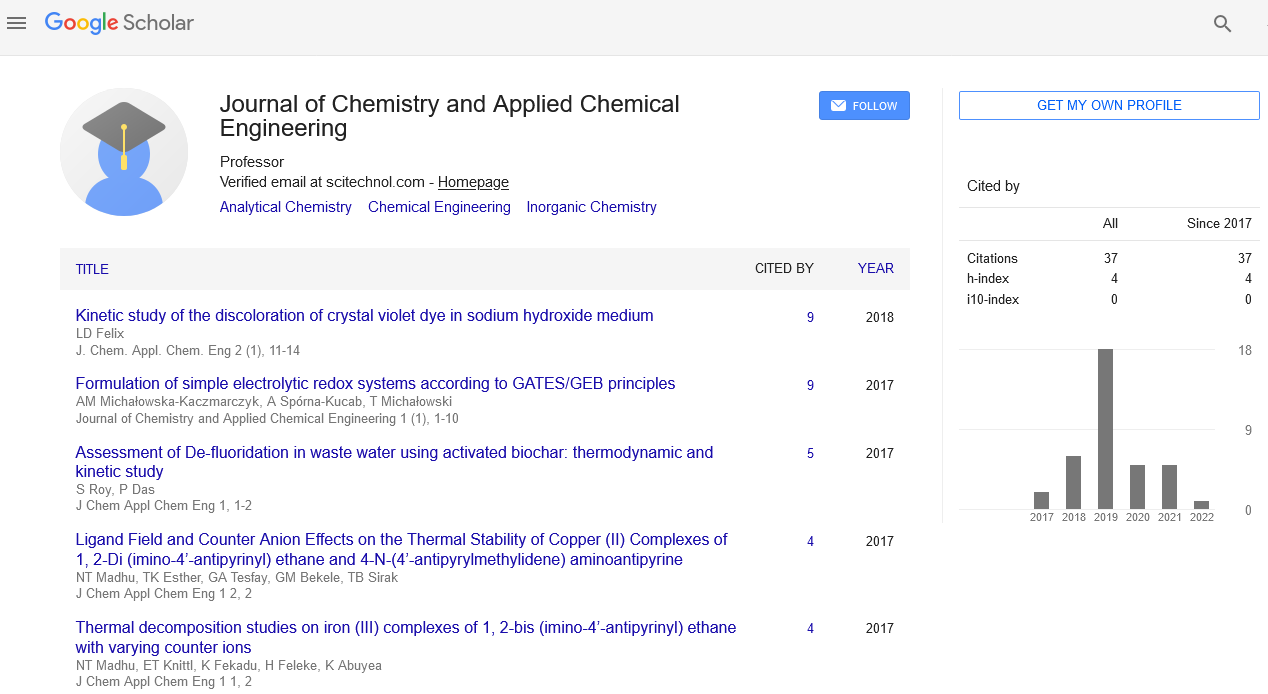Evaluation of the effect of dexmedetomidine on the suppression of the adrenergic response to laryngoscopy and intubation
Saad Diab Aldo, Nava Danilo, Nunez Juan C, Hernandez Betzabeth and Pota-Barito Andilay
Miguel Perez Carreno Hospital, Venezuela
Mendez Gimon Polyclinic, Venezuela
: J Chem Appl Chem Eng
Abstract
The present study investigated eight rice lines (Rupsal, Nagalmutha, Polai, Ravana, Marishal, Talmugra, Kamini and Raspanjar) collected from coastal region of eastern India for salinity tolerance through phenotypic and genotypic screening. Among these, three rice lines as highly tolerant (Talmugra, Marishal and Kamini), three tolerant (Rupsal, Polai and Raspanjar) and two moderately tolerant (Ravana and Nagalmutha) to salt stress were identified in phenotypic screening. Pokkali was categorized as tolerant under salinity condition (12 EC dS m-1). In PCR screening using microsatellite (SSR) markers located within Saltol locus, we documented new allelic pattern in selected highly tolerant and tolerant genotypes with RM8094 marker as compared to Pokkali. Besides, another marker RM10694 was found to associate with selection of salinity tolerant genotypes similar to Pokkali. In gene expression studies, no significant difference linked with abscisic acid (ABA), calciumdependent proteins kinase (CDPK), ionic and osmotic signaling pathways in salinity tolerant genotypes was found as compared to sensitive line (IR29). Induction of AP37 gene expression differentiated Kamini and Marishal genotypes from other tolerant and sensitive lines.
Biography
E-mail: aldosaad23@gmail.com
 Spanish
Spanish  Chinese
Chinese  Russian
Russian  German
German  French
French  Japanese
Japanese  Portuguese
Portuguese  Hindi
Hindi 